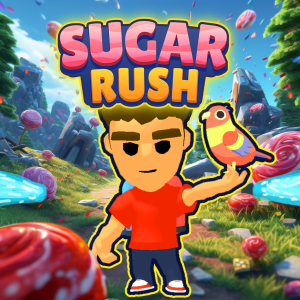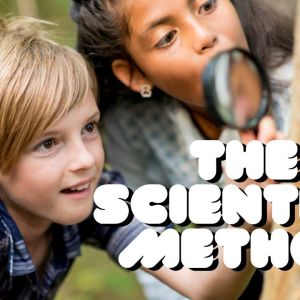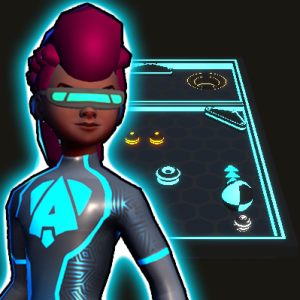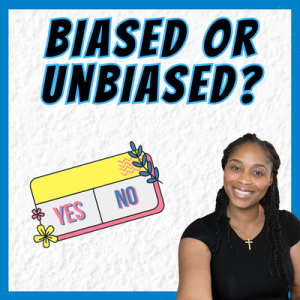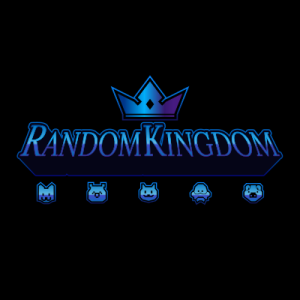Vocabulary
dissolve, scientific method, question, hypothesis, experiment, analysis, conclusion, dissolution, data, degrees celsius, variable, independent variable, dependent variable, analyze, solubility, cience, scientific method, observation, ask a question, data, experiment, empirical evidence, hypothesis, inference, \"If... then...\", variables, independent variable, dependent variable, controlled variables, quantitative data, qualitative data, analyze data, graphics, conclusion, communication, , Coming Soon!, statistics, population, random, biased/unbiased, dissolve, scientific method, question, hypothesis, experiment, analysis, conclusion, dissolution, data, degrees celsius, variable, independent variable, dependent variable, analyze, solubility, cience, scientific method, observation, ask a question, data, experiment, empirical evidence, hypothesis, inference, \"If... then...\", variables, independent variable, dependent variable, controlled variables, quantitative data, qualitative data, analyze data, graphics, conclusion, communication, , statistics, population, random, biased/unbiased, Coming Soon!, cience, scientific method, observation, ask a question, data, experiment, empirical evidence, hypothesis, inference, \"If... then...\", variables, independent variable, dependent variable, controlled variables, quantitative data, qualitative data, analyze data, graphics, conclusion, communication, , statistics, population, random, biased/unbiased, Coming Soon!, , statistics, population, random, biased/unbiased, Coming Soon!, statistics, population, random, biased/unbiased, Coming Soon!, Coming Soon!, data, sample, sample generalization, population, bias, inference, variable, group, survey, vertical axis, horizontal axis, bar
